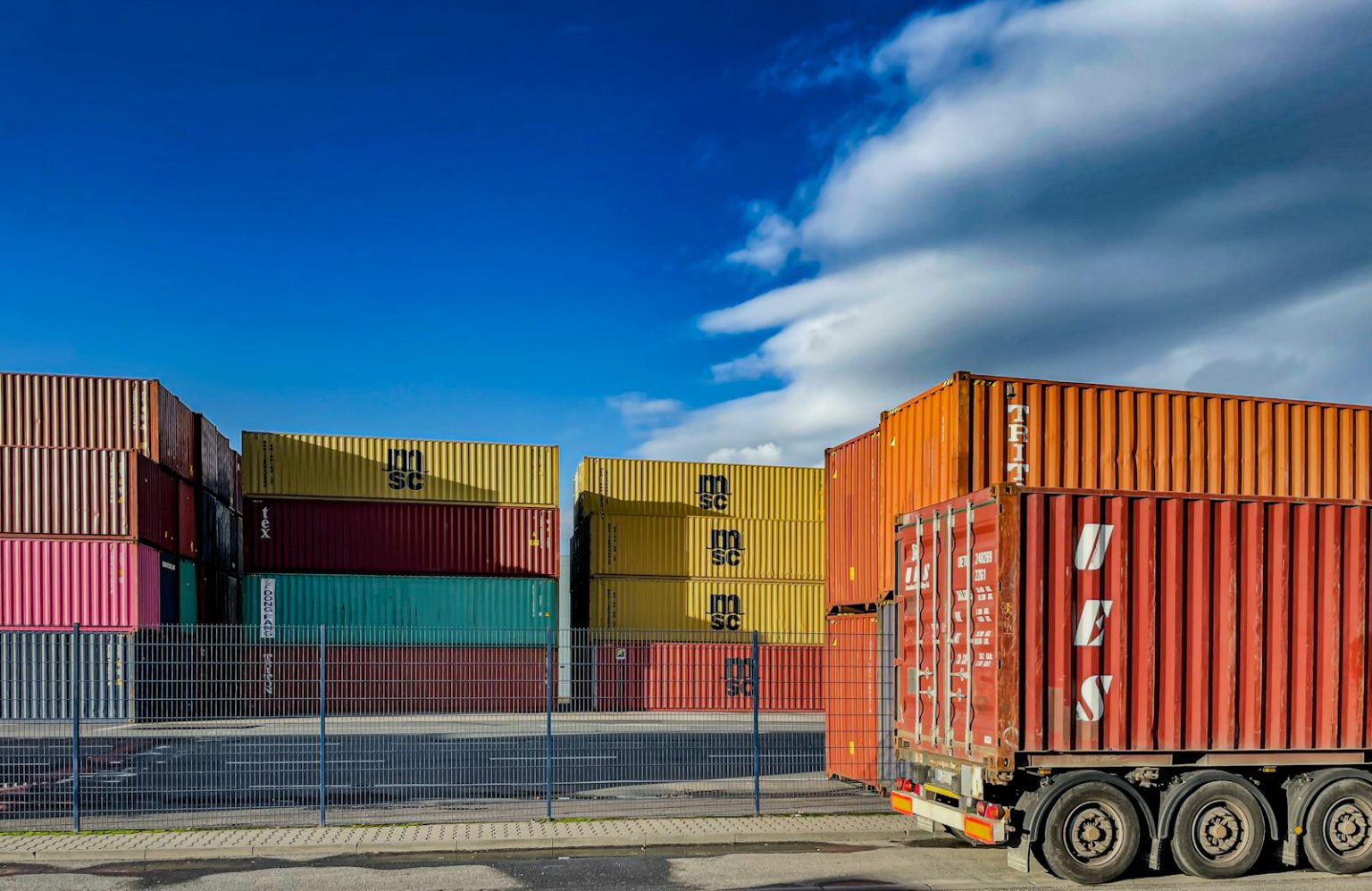Orders for long-lasting U.S. manufactured goods unexpectedly rose in February as businesses rushed to avoid potential price increases from tariffs. This likely boosted capital expenditure in the first quarter. However, the report from the Commerce Department on Wednesday did not change economists’ expectations that economic growth was slowing considerably in the first quarter.
President Donald Trump has announced a series of tariff actions since taking office, creating uncertainty economists warn is unsupportive of economic activity. There is tremendous uncertainty coming from Washington, but companies are not just holding their breath waiting for the other tariff shoe to drop—they are actively ordering more equipment to beat the price increases once the trade war sanctions jack up the cost of the goods and materials they need to even higher levels,” said Christopher Rupkey, chief economist at FWDBONDS. Orders for durable goods, from toasters to aircraft meant to last three years or more, increased 0.9% after advancing by an upwardly revised 3.3% in January.
Economists forecast that durable goods orders would fall by 1.0%. Primary metals orders rose 1.2%, while those for fabricated metal products rebounded 0.9%. Orders for electrical equipment, appliances, and components jumped 2.0%.
Economists attributed the rise in orders to front-loading ahead of tariffs, adding that trade policy uncertainty and higher borrowing costs remained constraints for manufacturing, which accounts for 10.3% of the economy. Last week, the Federal Reserve left interest rates unchanged, acknowledging the uncertainty swirling around the economy.
Durable goods orders defy expectations
According to a survey from two regional Fed banks and Duke University, optimism among company chief financial officers dropped in the first quarter of 2025. Orders for machinery climbed 0.2% last month, while those for transportation equipment increased 1.5%. They were lifted by a 4.0% rebound in demand for motor vehicles and parts and a 9.3% rise in defense aircraft and parts orders, more than offsetting a 5.0% decline in commercial aircraft orders.
Boeing reported receiving only 13 aircraft orders in February compared to 36 in January. Non-defense capital goods orders, excluding aircraft, a closely watched proxy for business spending plans, dropped 0.3% after an upwardly revised 0.9% surge in January. Economists had forecast these so-called core capital goods orders would gain 0.2% after a previously reported 0.8% jump in January.
Shipments of core capital goods rebounded 0.9%, the most in a year, after falling 0.2% in January. The rise in shipments suggested a rebound in business spending on equipment this quarter after a contraction in the fourth quarter. However, the decline in orders indicates potential weakness in equipment investment beyond the first quarter.
Economists at Goldman Sachs left their GDP growth estimate for the first quarter unchanged at a 1.3% annualized rate, while the Atlanta Fed expects GDP to contract in January-March. The economy grew at a 2.3% pace in the fourth quarter. “Business sentiment is down and still falling, suggesting less capital spending lies ahead,” said Carl Weinberg, chief economist at High Frequency Economics.
Photo by; Bernd Dittrich on Unsplash

